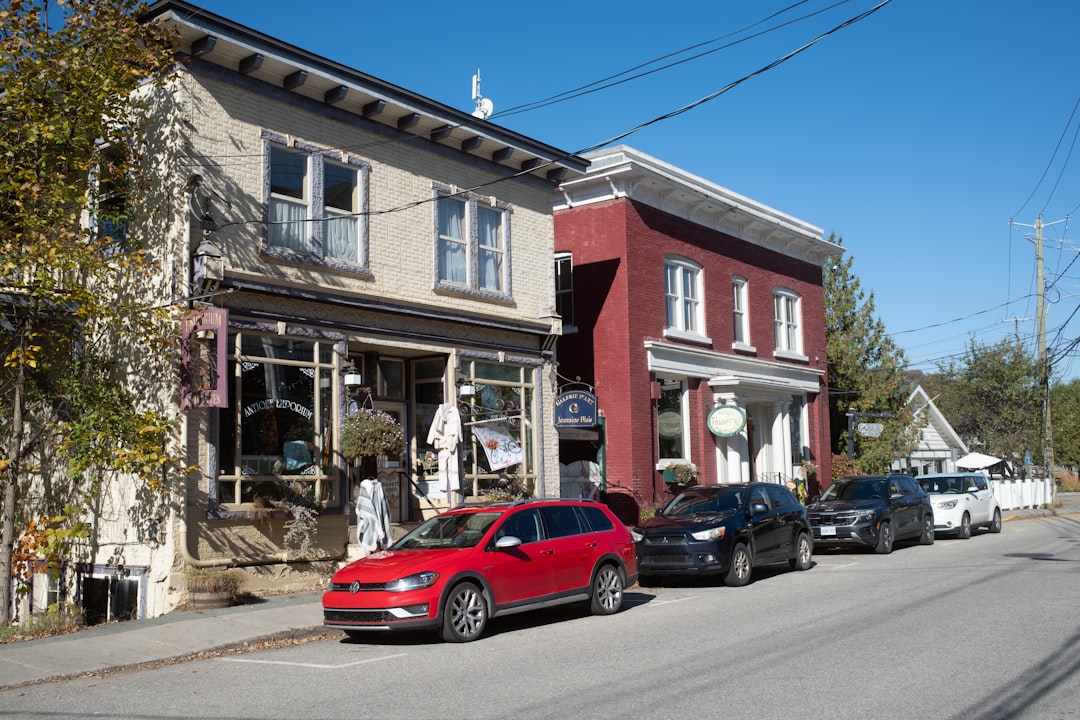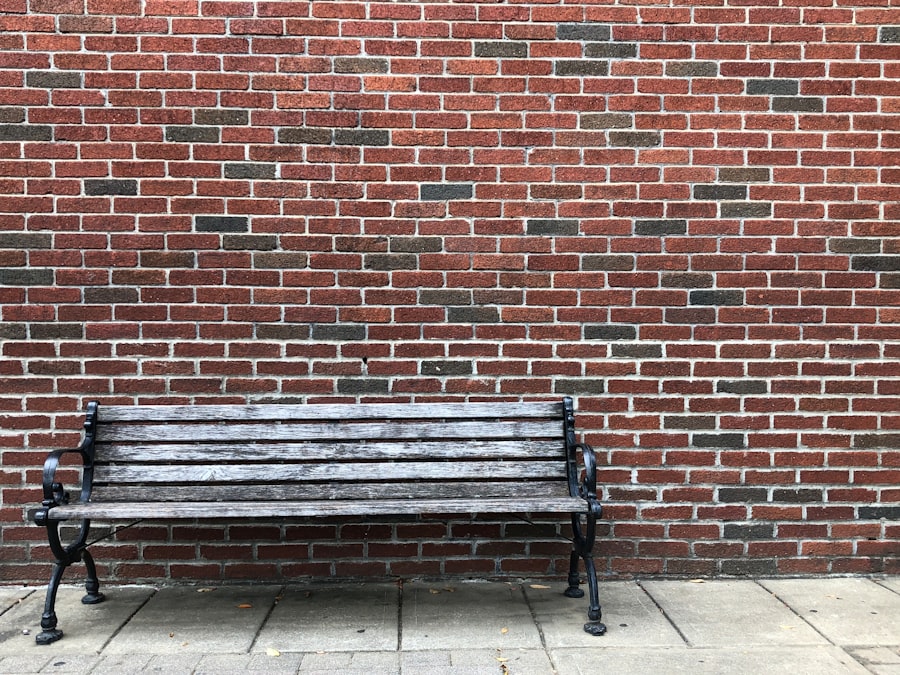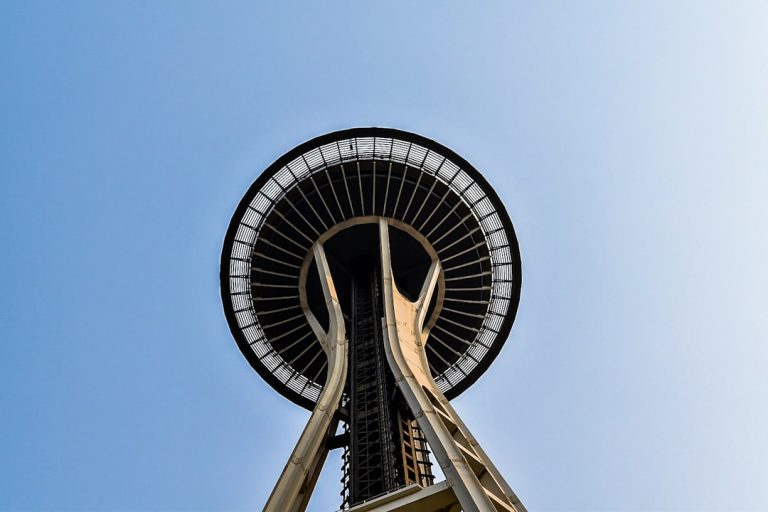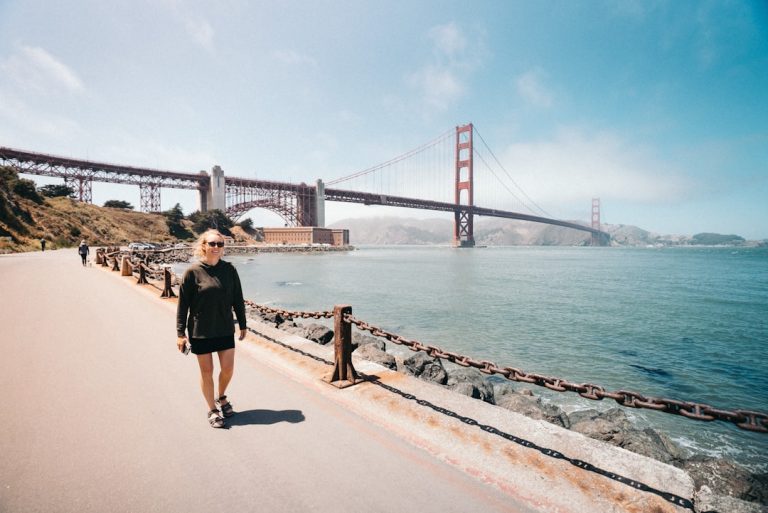
El Paso, Texas, is a vibrant city located in the far western corner of the state, bordering Mexico and New Mexico. Known for its rich cultural tapestry, El Paso is a unique blend of American and Mexican influences, which is evident in its architecture, traditions, and daily life. The city is nestled in the Chihuahuan Desert and surrounded by the majestic Franklin Mountains, providing a stunning backdrop that enhances its appeal.
With a population of over 600,000 residents, El Paso is not only one of the largest cities in Texas but also a significant cultural and economic hub in the region. The city’s strategic location has made it a crossroads for trade and migration for centuries. This has fostered a diverse community that celebrates its heritage through various festivals, art forms, and culinary delights.
El Paso’s warm climate, characterized by hot summers and mild winters, allows for year-round outdoor activities and events. As a gateway to both the United States and Mexico, El Paso serves as a melting pot of cultures, making it an intriguing destination for visitors seeking to experience the unique blend of traditions that define this border city.
Key Takeaways
- El Paso, Texas is a vibrant city with a rich history and diverse cultural attractions.
- The city is home to several historical landmarks and sites, including the Mission Trail and the Magoffin Home.
- Visitors can explore the natural wonders of El Paso, such as Franklin Mountains State Park and Hueco Tanks State Park.
- El Paso hosts a variety of cultural events and attractions, including the Plaza Theatre and the El Paso Museum of Art.
- The city offers a wide range of local cuisine, from traditional Tex-Mex dishes to modern fusion dining experiences.
Historical Facts and Landmarks
El Paso’s history is deeply intertwined with the broader narrative of the American Southwest. The area was originally inhabited by indigenous peoples, including the Tigua tribe, long before European settlers arrived. In 1598, Spanish explorer Juan de Oñate established the first European settlement in the region, marking the beginning of a long history of colonization and cultural exchange.
The city was officially founded in 1848 following the Mexican-American War, which resulted in significant territorial changes in the region. One of the most notable historical landmarks in El Paso is the Mission Trail, which features three historic missions: Mission San Elizario, Mission San José, and Mission Socorro. These missions were established in the late 17th and early 18th centuries and played a crucial role in the spread of Christianity among indigenous populations.
The architecture of these missions reflects the Spanish colonial style, with adobe walls and intricate wooden beams that tell stories of resilience and faith. Visitors can explore these sites to gain insight into the early days of settlement and the cultural exchanges that shaped the area. Another significant landmark is the Plaza Theatre, which opened in 1930 and is an excellent example of Art Deco architecture.
The theater has been meticulously restored and now serves as a venue for various performances, including concerts, plays, and film screenings. Its historical significance lies not only in its architectural beauty but also in its role as a cultural hub for the community. The El Paso Museum of History further enriches the city’s historical narrative by showcasing artifacts and exhibits that highlight the region’s past, from its indigenous roots to its modern-day developments.
Natural Wonders and Outdoor Activities

El Paso’s geographical location offers an abundance of natural wonders that attract outdoor enthusiasts from all walks of life. The Franklin Mountains State Park is a prime example of this natural beauty, encompassing over 24,000 acres of rugged terrain. The park features numerous hiking trails that cater to various skill levels, allowing visitors to explore its diverse ecosystems while enjoying breathtaking views of the surrounding landscape.
One popular trail is the Ron Coleman Trail, which leads to the summit of North Franklin Peak, offering panoramic vistas that stretch across Texas and into Mexico. In addition to hiking, El Paso’s desert environment provides ample opportunities for rock climbing, mountain biking, and birdwatching. The area’s unique flora and fauna are particularly fascinating; visitors may encounter species such as desert cacti, yucca plants, and various birds native to the region.
The scenic beauty of the desert landscape is further enhanced by stunning sunsets that paint the sky in vibrant hues of orange and pink. For those who prefer water-based activities, the nearby Rio Grande offers opportunities for kayaking and fishing. The river serves as a natural border between the United States and Mexico, providing a unique perspective on both countries’ landscapes.
Kayaking along the Rio Grande allows adventurers to experience the tranquility of nature while observing wildlife along the riverbanks. Fishing enthusiasts can cast their lines in search of species such as catfish and bass, making it an ideal spot for relaxation and recreation.
Cultural Attractions and Events
| City | Number of Museums | Number of Art Galleries | Annual Cultural Events |
|---|---|---|---|
| New York | 83 | 416 | Over 500 |
| Paris | 173 | 137 | Over 1,000 |
| Tokyo | 98 | 231 | Over 300 |
El Paso’s cultural scene is as diverse as its population, with numerous attractions that celebrate its rich heritage. The city hosts various annual events that showcase local traditions, art forms, and music. One such event is the El Paso Downtown Street Festival, which takes place every summer and features live music performances from local and national artists.
This festival transforms downtown El Paso into a lively celebration filled with food vendors, art displays, and activities for all ages. The city’s commitment to preserving its cultural heritage is evident in institutions like the El Paso Museum of Art. This museum houses an impressive collection of American, Mexican, and European art spanning several centuries.
Visitors can explore works by renowned artists such as Georgia O’Keeffe and Diego Rivera while also discovering contemporary pieces that reflect modern artistic expressions. The museum frequently hosts exhibitions and educational programs that engage the community and promote appreciation for the arts. Another significant cultural attraction is the Chamizal National Memorial, which commemorates a historical dispute between the United States and Mexico over land along the Rio Grande.
The memorial features beautiful gardens, walking paths, and an amphitheater that hosts cultural events throughout the year. It serves as a reminder of the importance of diplomacy and cooperation between nations while celebrating the shared history of both countries.
Local Cuisine and Dining
El Paso’s culinary scene is a delightful reflection of its cultural diversity, with a strong emphasis on Tex-Mex cuisine that has become synonymous with the region. The city’s restaurants offer an array of flavors that blend traditional Mexican dishes with American influences. One cannot visit El Paso without indulging in its famous enchiladas, tacos, and tamales, often accompanied by homemade salsas that range from mild to fiery hot.
One iconic establishment is L&J Cafe, known for its authentic Mexican fare served in a casual setting. The restaurant has been a local favorite since it opened in 1927 and continues to draw crowds with its flavorful dishes like carne asada tacos and green chile enchiladas. Another must-visit spot is Chico’s Tacos, famous for its unique take on tacos served in a flavorful broth—a dish that has become a beloved staple among locals.
Beyond Tex-Mex cuisine, El Paso also boasts a burgeoning craft beer scene with several breweries offering locally brewed options. Places like DeadBeach Brewery provide a relaxed atmosphere where patrons can enjoy craft beers alongside food trucks serving up delicious bites. This fusion of flavors reflects El Paso’s commitment to supporting local businesses while providing residents and visitors with diverse dining experiences.
Tips for Exploring El Paso

Embracing El Paso’s Cultural Heritage
When exploring El Paso, it’s essential to appreciate the city’s unique blend of cultures while being mindful of local customs and traditions. One tip for visitors is to learn a few basic Spanish phrases; while many residents speak English fluently, speaking Spanish can enhance interactions with locals and show appreciation for their culture. Simple greetings or expressions of gratitude can go a long way in fostering positive connections.
Navigating the City with Ease
Another important aspect to consider is transportation within the city. While El Paso has public transportation options like buses, renting a car can provide greater flexibility for exploring attractions outside downtown. Many outdoor activities are located in more remote areas or require travel to fully appreciate their beauty. Additionally, parking is generally accessible at most attractions.
Checking community calendars can reveal festivals, art shows, or live music performances that offer authentic experiences reflective of El Paso’s vibrant culture. Engaging with local residents at these events can provide deeper insights into their way of life while creating lasting memories during your visit to this dynamic border city.
If you’re intrigued by the diverse and captivating details found in the article about El Paso, Texas, you might also enjoy exploring more about other unique destinations around the world. For instance, the article on Cape Verde: Facts and Places to Visit offers an in-depth look at this island nation’s rich culture, stunning landscapes, and historical sites. Just like El Paso, Cape Verde presents a blend of influences and a variety of attractions that make it a fascinating topic for those interested in geography and travel.
FAQs
What are some interesting facts about El Paso, Texas?
– El Paso is the 6th largest city in Texas and the 22nd largest city in the United States.
– It is the only major city in Texas that operates on Mountain Time.
– El Paso is located at the western tip of Texas, where Texas, New Mexico, and the Mexican state of Chihuahua meet.
What are some popular places to visit in El Paso, Texas?
– Franklin Mountains State Park offers hiking, rock climbing, and stunning views of the city.
– The El Paso Museum of Art features a diverse collection of art from around the world.
– The Plaza Theatre, a historic performing arts venue, hosts concerts, Broadway shows, and other events.
What are some things to see in El Paso, Texas?
– The Wyler Aerial Tramway offers breathtaking views of the city and surrounding landscape.
– The Mission Trail showcases three historic missions: Ysleta Mission, Socorro Mission, and San Elizario Presidio Chapel.
– The El Paso Zoo is home to a wide variety of animals from around the world, including lions, giraffes, and elephants.






